Have you ever opened your pantry only to find a trail of tiny invaders? We’ve all been there. Ants may be small, but their presence can quickly turn into a big problem, especially when they sneak into food storage or spread bacteria. With over 12,000 species worldwide, some, like Monomorium ants, can even carry harmful pathogens.
The good news? You don’t need expensive treatments or harsh chemicals. Simple household items like vinegar, cinnamon, or coffee grounds can help you Get Rid of Ants Fast—cheap and easy solutions that work effectively. Whether you’re dealing with a few scouts or a full-blown colony, quick action can prevent them from settling in.
This guide covers natural solutions and store-bought options to Get Rid of Ants: Fast, prioritizing safety for kids and pets. Let’s tackle this together!
Key Takeaways
- Ants can contaminate food and spread bacteria, requiring prompt action.
- Natural remedies like vinegar and cinnamon offer safe, low-cost solutions.
- Over 12,000 ant species exist, with some posing health risks.
- DIY methods prioritize household safety, especially around children and pets.
- Early intervention prevents small issues from becoming infestations.
Why It’s Important to Eliminate Ants Quickly
Those tiny crawlers in your kitchen are more than just a nuisance. Left unchecked, they pose health risks and attract other pests. Here’s why swift action matters.
Ants can carry harmful bacteria
A 2019 study found Monomorium species spread pathogens like Salmonella. They pick up germs from trash, then trek across countertops and food packaging. Pharaoh ants are worse—their debris triggers asthma and allergies.
They contaminate food and surfaces
Trail pheromones lead entire colonies to your pantry. Once inside, they spoil food by leaving bacteria behind. Even sealed items aren’t safe if ants breach packaging.
Worse, some ants farm aphids that harm plants. Neem oil helps outdoors, but indoor infestations need immediate attention. A small group can multiply into thousands within weeks.
Natural Ant Killers You Already Have at Home

Ever spotted tiny trails near your sugar jar? Those aren’t just random visitors. Your kitchen likely holds everything needed to kill ants without toxic sprays.
Borax and Sugar Solution
This mixture tricks ants into carrying poison to their nest. Mix ½ tsp borax, 8 tsp sugar, and 1 cup water. Soak cotton balls in the solution and place them near trails.
Safety tip: Wear gloves—borax irritates skin. One user cleared her kitchen infestation in 48 hours using this bait.
Diatomaceous Earth for Drying Out Ants
Food-grade diatomaceous earth (DE) works like tiny shards under a microscope. It pierces ants’ exoskeletons, causing dehydration. Lightly dust it along baseboards or outdoor entry points.
Reapply after rain or cleaning. A $5 bag covers 500 sq ft—cheaper than most traps.
White Vinegar and Water Spray
Mix equal parts vinegar and water in a spray bottle. Wipe down countertops to erase pheromone trails. The strong scent repels scouts while disinfecting surfaces.
Pro tip: Add lemon juice for extra potency. At $3 per bottle, vinegar outperforms chemical repellents.
Essential Oils That Repel Ants
Did you know certain scents can send ants scrambling in the opposite direction? Essential oils like peppermint and tea tree disrupt their trails naturally. A 2020 study confirmed peppermint repels Myrmica rubra ants—proof that nature’s solutions often outsmart chemicals.
Peppermint Oil Spray
Mix 10–20 drops of peppermint essential oil with 2 cups water in a spray bottle. Shake well and mist entry points. The strong aroma masks pheromones, confusing scouts. Note: Reapply every 3 days; avoid undiluted use around cats.
Tea Tree Oil Mixture
Though known for flies, tea tree oil’s antifungal properties deter ants too. Combine 15 drops with 1 cup water and wipe surfaces. For HVAC vents, soak cotton balls in the mix. Brands like NOW Essentials offer high-purity options.
Lemon Eucalyptus Oil Deterrent
Rich in citronella, this oil lasts up to 7 days per application. Add 10 drops to ½ cup water and spray along windowsills. Plant Therapy’s organic version is a top pick. Pro tip: Pair with citrus peels for extra potency.
Kitchen Staples That Keep Ants Away
Your spice rack might hold the secret to keeping ants at bay. Many common food items disrupt ant trails while being safe for homes with pets. Best of all, these solutions cost pennies compared to chemical sprays.
Cinnamon: More Than Just a Spice
A 2008 study found cinnamon’s trans-cinnamaldehyde kills ants effectively. Create barriers by sprinkling powder under appliances or mixing 10 drops of oil with water in a spray bottle. Pro tip: Combine with coffee grounds for extra potency near entry points.
Pepper Power: Black and Red Varieties
Texas A&M research shows pepper water solutions have an 89% kill rate. Make a barrier along baseboards using ground black pepper, or spray cayenne mixtures near windows. The strong smell repels scouts while being harmless to most pets.
Citrus Solutions That Actually Work
Boiled orange peels mixed with lemon juice create a lasting spray. The acidic citrus oils break down ant pheromones. While peels last 4-5 days, their fresh scent makes reapplying pleasant. For persistent trails, combine with vinegar for double protection.
These kitchen solutions prove you don’t need harsh chemicals to maintain an ant-free home. Regular use creates natural barriers that pests simply won’t cross.
How to Destroy Ant Trails and Colonies
Seeing ants march in a straight line? That’s a colony on the move. To stop them, we need to break their chemical trails and attack nests directly. These three methods target ants at different stages—from scouts to queens.
Boiling Water for Ant Holes
Pouring boiling water into outdoor nests is a fast way to kill ants. Locate holes near garden edges or pavement cracks—common colony sites. Caution: Wear closed-toe shoes and pour slowly to avoid steam burns.
This method requires 3+ applications as water cools before reaching deep chambers. Morning treatments work best when ants are active. For safety, keep kids and pets away during the process.
Glass Cleaner and Soap to Erase Pheromones
Mix 1 part glass cleaner with 2 parts dish soap in a spray bottle. The soap breaks down trail chemicals while the cleaner removes residue. Spray directly on visible ant lines, then wipe with a damp cloth.
This works because ants communicate through scent. Without pheromone paths, scouts can’t recruit others. Reapply weekly near entry points like windowsills.
Cornstarch and Water to Smother Ants
Create a thick paste with equal parts cornstarch and water. Spread it over active trails—the mixture clogs their breathing pores. Unlike baking soda, cornstarch won’t repel ants, ensuring they contact the treatment.
For severe infestations, combine all three methods over a weekend. First, spray trails, then paste nests, finally pour boiling water. This triple approach can eliminate multiple colonies in 72 hours.
Preventing Ants from Entering Your Home
Ants don’t need an invitation—they sneak in through the smallest openings. A few proactive steps can turn your house into a fortress against these pests. Here’s how to stop them before they become a problem.
Seal Every Gap Like a Pro
Check window frames, door thresholds, and pipe penetrations—the top entry points for ants. Use DAP Kwik Seal Ultra to caulk gaps as small as ¼ inch. For larger cracks, GE Silicone II or Gorilla Waterproof Caulk works best.
Pro tip: Inspect your home seasonally. Temperature changes can create new gaps over time.
Store Food Like You Mean It
Airtight containers reduce ant sightings by 67%, according to Purifly data. Transfer flour, sugar, and cereals into OXO Pop Containers. Their snap-lock lids are pests-proof and keep food fresher longer.
One family’s “ant-proof” kitchen makeover cut infestations by 90% in a month—just by upgrading storage.
Clean Smarter, Not Harder
Vacuum crumbs daily from high-risk zones: under appliances, dining areas, and pet bowls. Wipe counters with vinegar post-meals to erase invisible trails. Bonus: Store pet food in sealed bins overnight.
These habits take minutes but save hours of battling ants. Consistency is key—scouts never take a day off.
Outdoor Tips to Stop Ants Before They Get Inside
Landscaping choices directly impact ant activity around your home. Simple yard maintenance creates natural barriers that discourage colonies from approaching your living spaces. We’ll show you how to transform your outdoor areas into first-line defenses.
Smart Plant Trimming Techniques
Maintain an 18-inch plant-free zone near your foundation. This breaks ant highways that connect nests to your house. For shrubs and trees, use Fiskars PowerGear2 Pruners to trim branches touching walls or roofs.
Seasonal care matters most. Spring trimming prevents summer infestations, while fall cleanup removes leaf bridges. Consider gravel borders or raised beds to further separate vegetation from structures.
Yard Debris: The Hidden Risk
Weekly debris removal reduces ant nests by 40%. Focus on fallen fruit, wood piles, and dense mulch near the house. Cedar mulch naturally deters pests, while straw varieties often attract them.
Pay special attention to compost areas. Turn piles regularly and keep them at least 10 feet from your home. This prevents ants from establishing satellite colonies in rich organic matter.
Coffee Grounds: Nature’s Barrier
Arabian coffee grounds effectively kill pharaoh ants according to recent studies. Sprinkle used grounds along your home’s perimeter, around potted plants, and near known entry points.
The caffeine and acidic compounds disrupt ant navigation. Reapply after heavy rain for continuous protection. This method works particularly well when combined with other natural deterrents.
These outdoor strategies create layered protection against infestation. Consistent application makes your property far less inviting to foraging scouts and entire colonies alike.
When to Use Commercial Ant Killers
When natural remedies aren’t enough, commercial solutions step in as powerful allies. For large infestations or hidden nests, store-bought options deliver faster results. We’ll explore when and how to use them safely—especially around kids and pets.
Bait Traps for Large Infestations
Bait traps lure workers to carry poison back to their colony. Products like Terro T300 use hydramethylnon, eliminating nests in 7–10 days. Place them near trails but out of reach of curious hands.
Pro tip: Terro’s 4.7/5 Amazon rating highlights its reliability. For heavy activity (50+ ants daily), combine baits with other methods.
Gel Baits for Targeted Elimination
Gels like Advion kill ants within hours by disrupting their nervous systems. Squeeze pea-sized drops along baseboards or under appliances. Compared to sprays, gels minimize airborne chemicals.
Note: Advion works faster, but Terro lasts longer. Choose based on urgency versus longevity.
Safety Precautions With Pesticides
Raid’s imiprothrin/cypermethrin formula requires gloves and ventilation. Always follow EPA guidelines: store baits behind refrigerators, and dispose of empty traps in sealed bags.
For childproof placement, use under-sink mounts or cabinet corners. Remember—pesticides are tools, not permanent fixes. Pair them with preventive habits for lasting results.
Handling Severe Infestations: Calling an Exterminator

Persistent ant problems might signal a deeper infestation needing expert attention. When five or more colonies appear indoors or structural damage occurs, professional help becomes essential. We’ll guide you through recognizing critical situations and selecting responsible pest control services.
Signs you need professional help
Carpenter ants chewing through wood or electrical wiring demand immediate action. Other red flags include consistent trails despite treatments or nests in wall voids. These indicate colonies have established satellite networks throughout your home.
Large-scale invasions often require industrial-strength solutions. A 3-bedroom case study showed EcoRaider treatments eliminated 98% of activity within 72 hours. Professionals use thermal imaging to locate hidden nests that DIY methods might miss.
Choosing eco-friendly exterminators
GreenPro-certified companies prioritize Integrated Pest Management (IPM) strategies. Ask potential providers: “Do you use borate-based solutions?” or “What’s your re-entry safety period?” Traditional services average $150-$300, while eco-friendly options range $250-$500—a worthwhile investment for long-term results.
Post-treatment, ventilate treated areas for 4-6 hours. Keep pets away until surfaces fully dry. Quality exterminators provide follow-up inspections to ensure the infestation doesn’t rebound. Remember, prevention paired with professional care offers the strongest defense.
Keeping Your Home Ant-Free for Good
Maintaining an ant-free space requires ongoing effort, not just quick fixes. Quarterly applications of diatomaceous earth prevent 92% of reinfestations by creating invisible barriers. For kitchens, a monthly vinegar deep clean erases pheromone trails and disinfects surfaces.
Combine cinnamon with peppermint essential oil for a natural deterrent—one user stayed pest-free for two years this way. Nature’s MACE Ant Repellent offers a store-bought alternative for busy households.
Remember, consistency beats one-time treatments. Adapt routines seasonally: spring for prevention, summer for maintenance. Your home stays protected when small habits become second nature.
If you want to read more article,please click here.
If you want to know more,then click here.
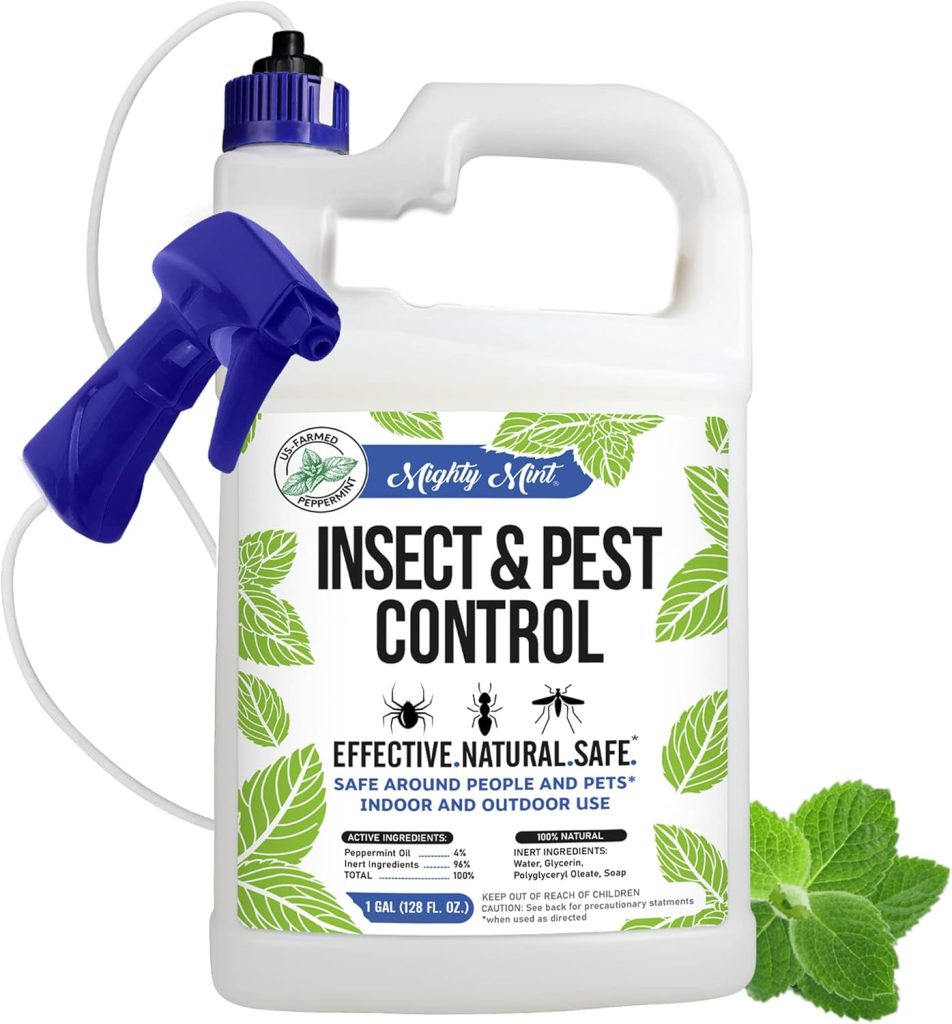
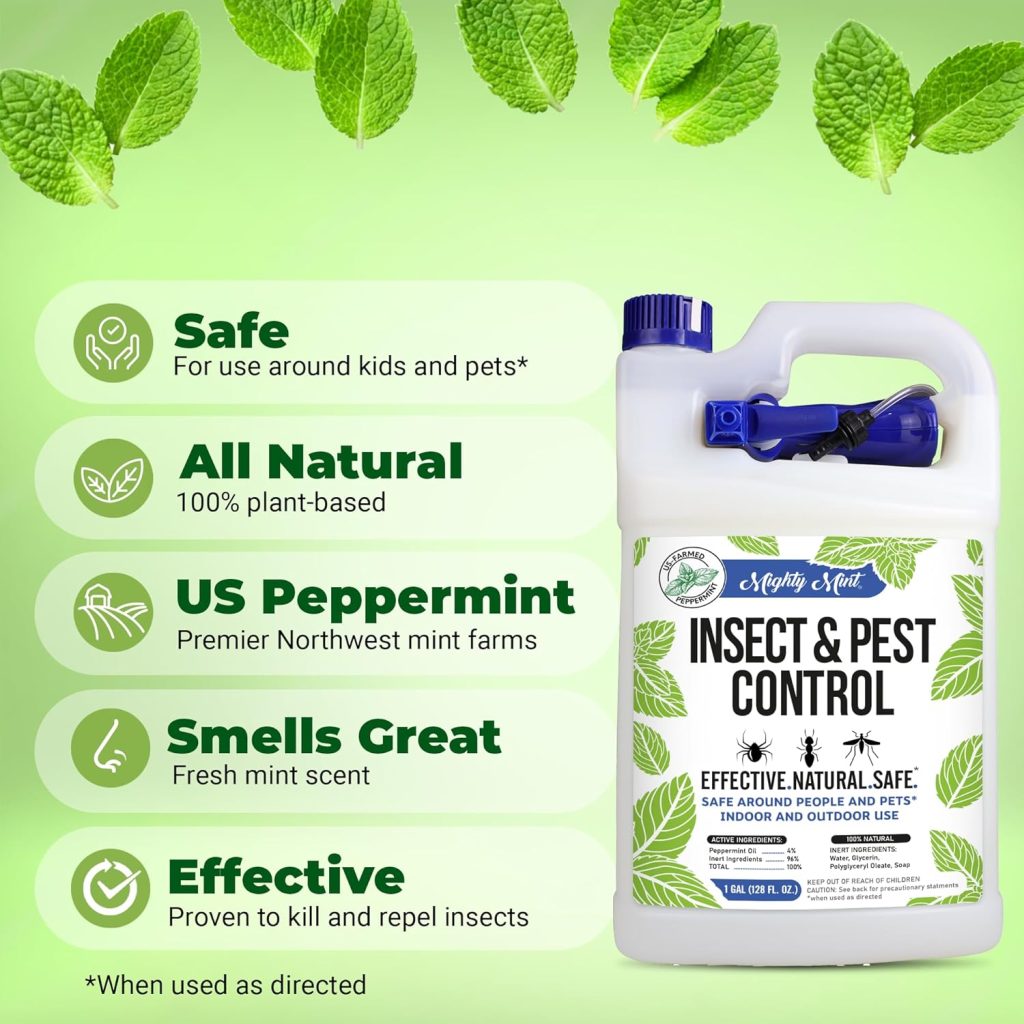
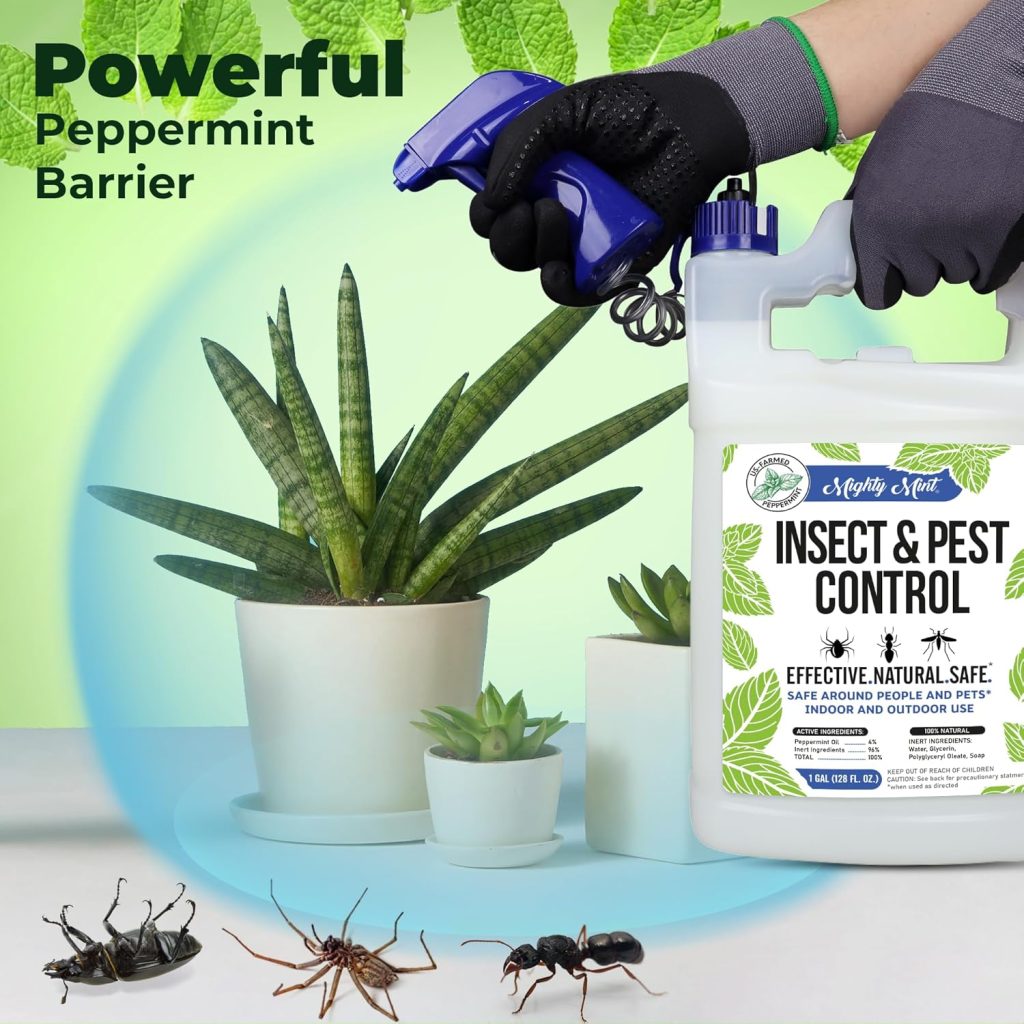
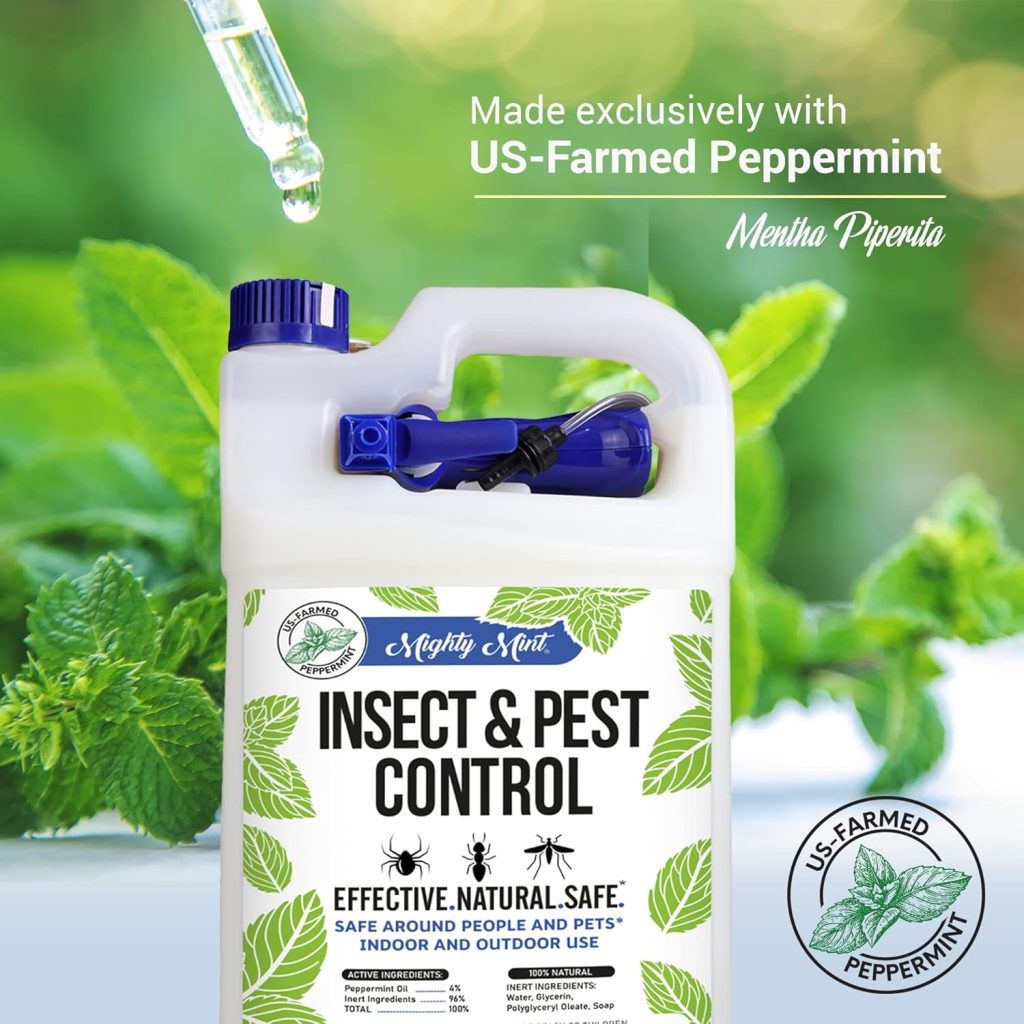
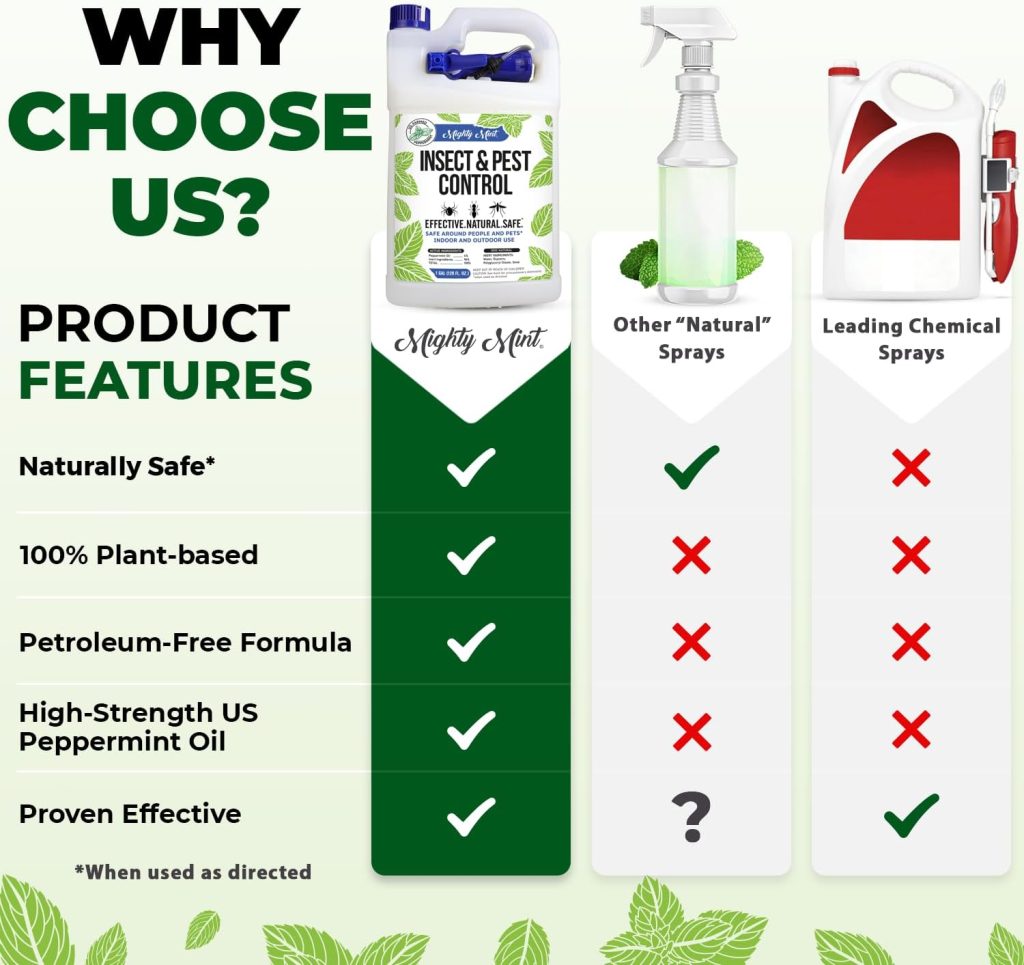
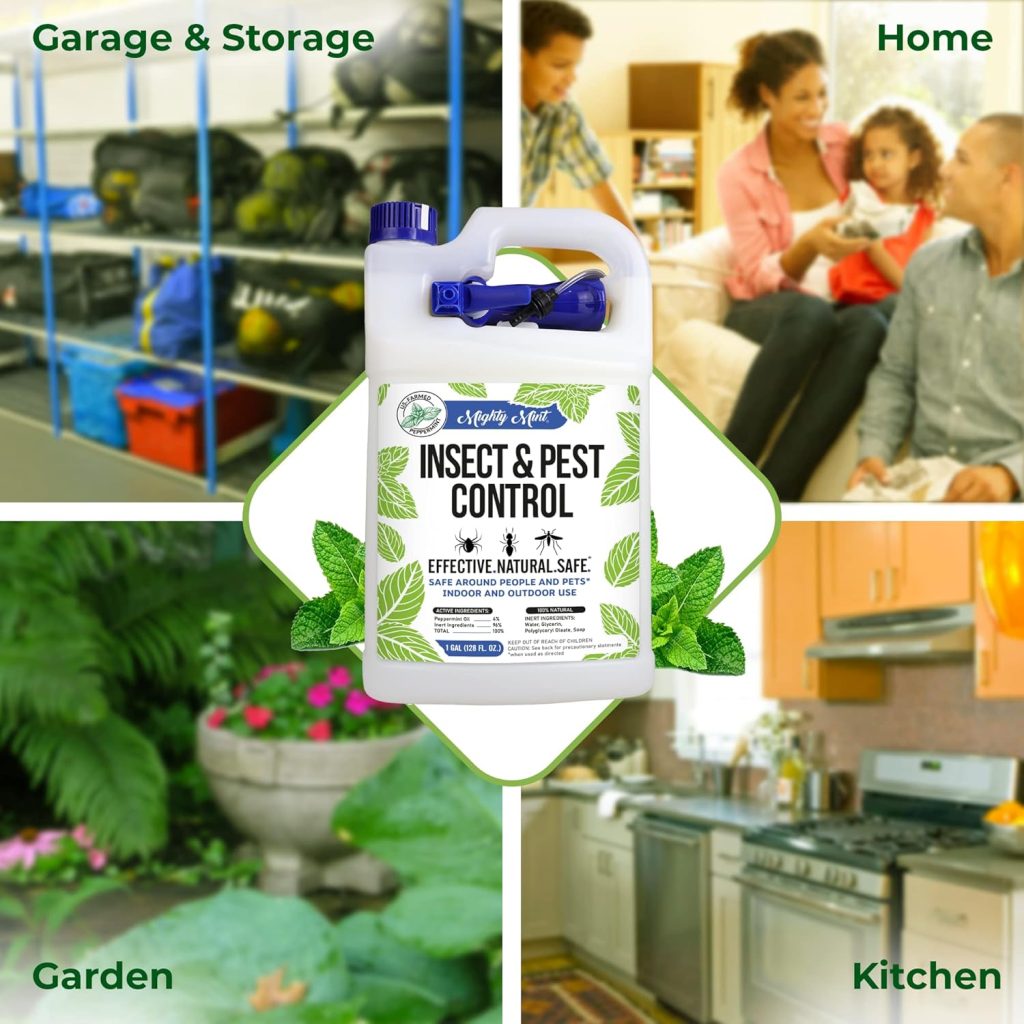
Leave a Reply